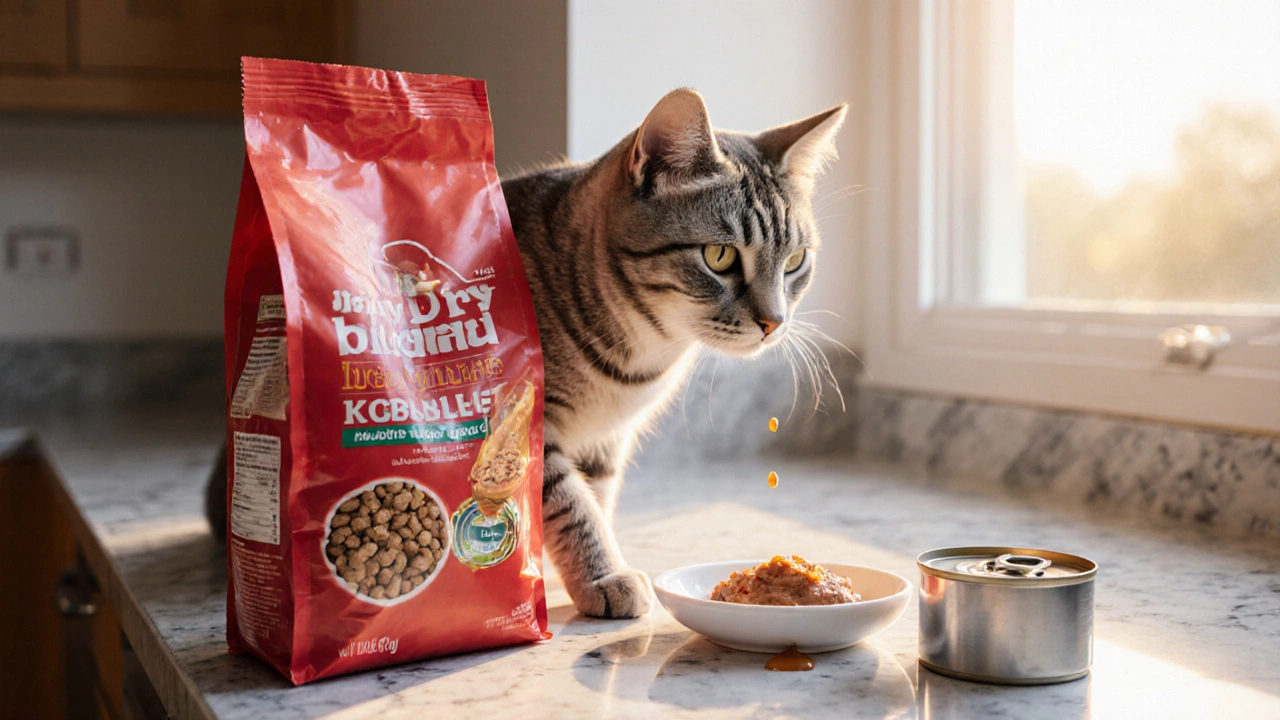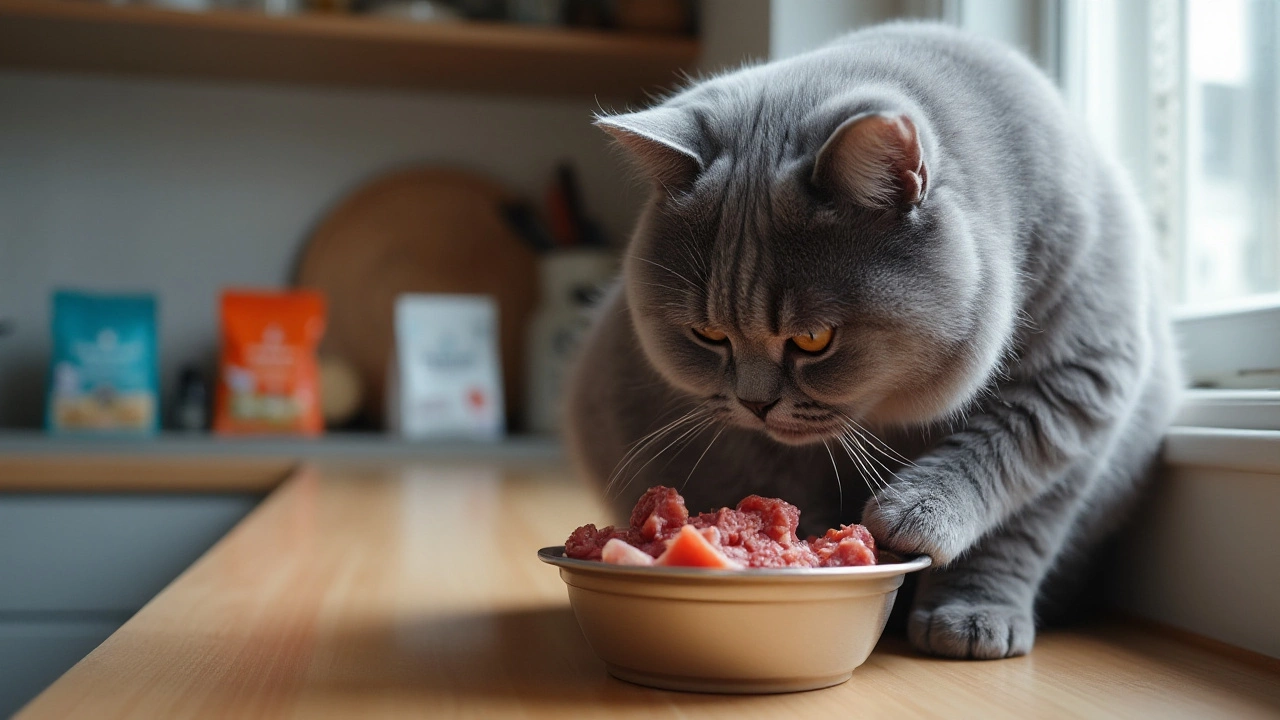Healthy Cat Diet: Easy Steps to Keep Your Kitty Fit
Ever wonder why your cat seems sluggish or why the vet keeps talking about weight? The answer usually starts with what’s in the bowl. A healthy cat diet isn’t rocket science – it’s about picking the right protein, keeping moisture up, and avoiding filler overload. Below you’ll find straight‑forward advice you can use today, whether you’re feeding a kitten, an adult indoor cat, or a senior with special needs.
What Makes a Diet Healthy?
First off, protein is the star of any cat’s menu. Cats are obligate carnivores, which means they need animal‑based protein to thrive. Look for named meat sources – chicken, turkey, salmon – near the top of the ingredient list. Avoid vague terms like "meat meal" or "animal derivatives" unless they’re clearly defined.
Moisture matters more than you think. Commercial dry kibble can be convenient, but it often lacks the water cats get from hunting. Wet food or a diet that includes at least one watery meal a day helps keep the urinary tract happy and matches a cat’s natural eating habits.
Calories should match activity level. Indoor cats burn fewer calories than outdoor hunters, so they need less energy. Use the feeding guide on the package as a starting point, then adjust based on body condition – you should be able to feel a thin layer of fat over the ribs without seeing them.
A good diet also checks the AAFCO (Association of American Feed Control Officials) box. That certification means the food meets minimum nutrient standards for the life stage you’re feeding – kitten, adult, or senior.
Practical Feeding Tips
1. Measure every meal. Use a kitchen scale or the scoop that comes with the food. Guesswork leads to over‑feeding and weight gain.
2. Split meals. Cats prefer several small meals a day. Two to three portions keep energy steady and curb binge‑eating.
3. Rotate protein sources. Switching between chicken, fish, and rabbit prevents food allergies and keeps palate interest high.
4. Watch the treats. Treats should be less than 10% of daily calories. Choose low‑calorie options like freeze‑dried chicken strips.
5. Stay hydrated. Keep a bowl of fresh water near the feeding area. Adding a little water or low‑sodium broth to dry kibble can boost intake.
6. Read the label. Ingredients list, guaranteed analysis, and AAFCO statement give you a quick health check. If you see a lot of corn, wheat, or soy, it’s probably not the best choice for a cat.
7. Consider life‑stage formulas. Kittens need more calories and DHA for brain development, while seniors benefit from joint‑supporting glucosamine and lower calories.
8. Check for specific health needs. If your cat has urinary issues, look for foods with controlled magnesium and added moisture. For weight management, find a formula that’s high in protein but lower in carbs.
9. Stay consistent. Sudden diet changes can upset a cat’s stomach. If you need to switch foods, do it gradually over a week – mix increasing amounts of the new food with decreasing amounts of the old.
10. Know when to supplement. Most complete cat foods provide everything a cat needs, but if your vet recommends extra Omega‑3s or probiotics, add them as directed.
Putting these tips into practice doesn’t require a major overhaul. Start by checking the label on your current brand. If protein isn’t the first ingredient or moisture is low, consider swapping one meal a day to a high‑quality wet option. Keep a simple log of weight and body condition for a month – you’ll see if the changes are working.
Remember, a healthy cat diet is the foundation for a long, playful life. By focusing on real meat, proper moisture, and portion control, you’re giving your feline the fuel it needs to pounce, nap, and enjoy every moment.
Dry vs Wet Cat Food: Which Is Healthier for Your Feline?
Explore the pros and cons of dry vs wet cat food, learn how each affects hydration, weight and dental health, and get a practical guide to building a balanced, healthy cat diet.
The Ultimate Guide to Feeding Your Cat: Tips for Healthy and Happy Felines
Choosing the best food for your cat is crucial for their health and well-being. Cats are obligate carnivores, meaning their diet must be rich in proteins. This article explores various cat food options, from dry kibble to raw diets, shedding light on the nutritional needs of felines. Tips on reading labels and choosing the best brands help owners ensure their cats receive balanced meals. Understanding your cat's unique dietary needs will keep them healthy and satisfied.

